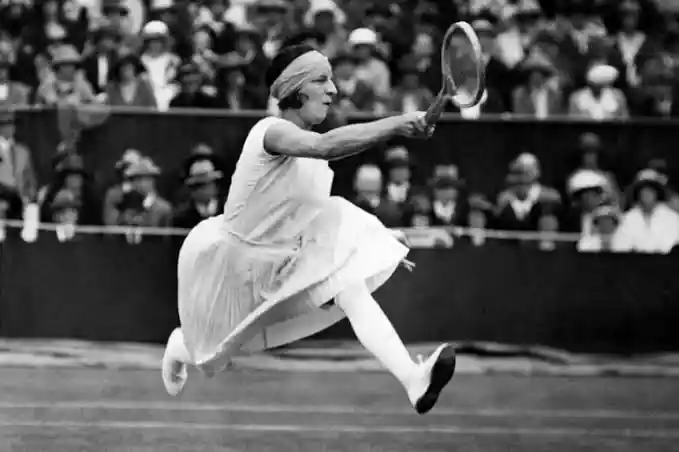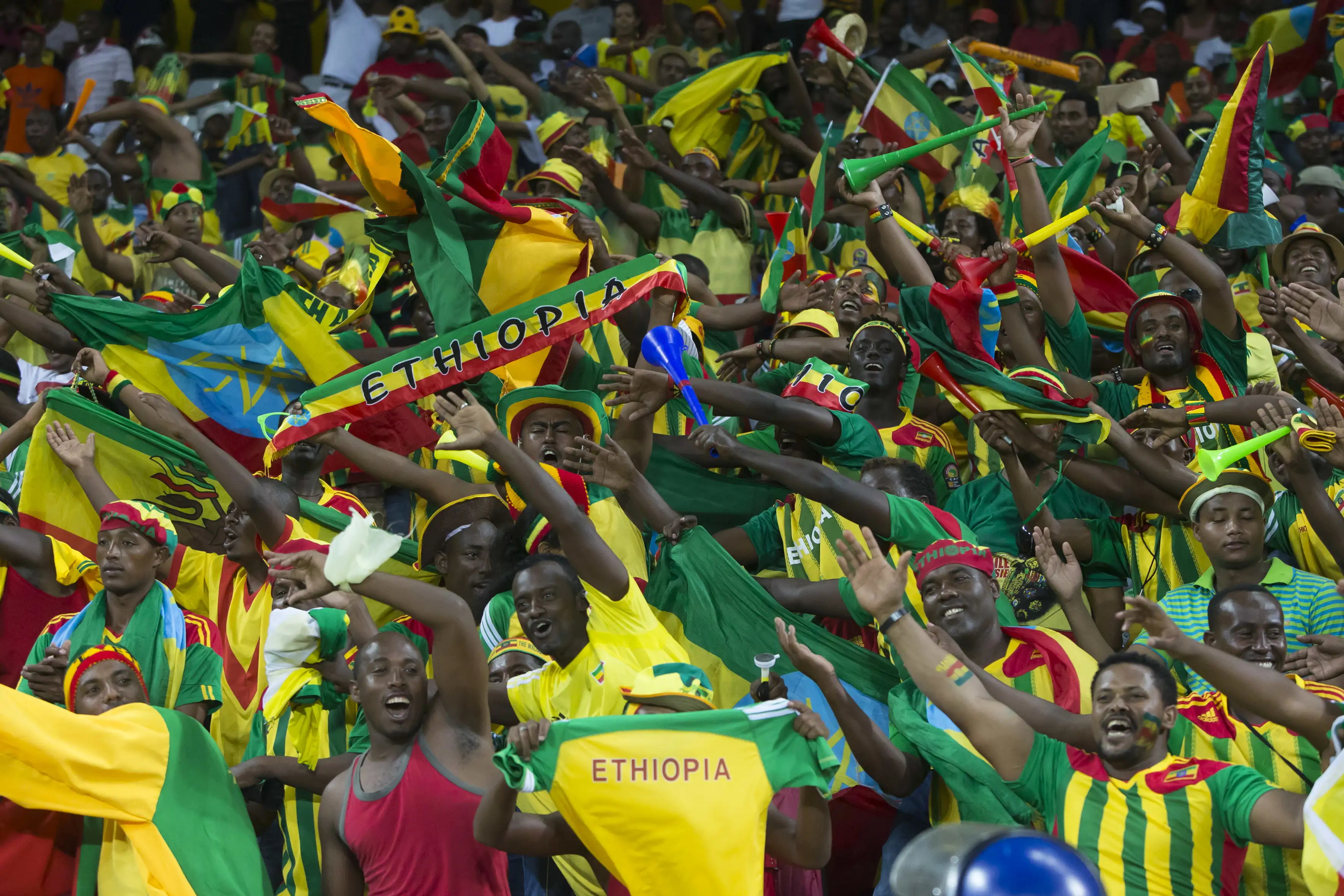By: Staff Contributor
The world of sports is a vibrant tapestry of human endeavor, showcasing incredible strength, speed, and skill. Yet, beneath the surface of competition, one might observe a curious aspect: the dress code of athletes. It is interesting to ponder how and why certain garments became the norm, particularly the often revealing attire seen in many disciplines. One might ask, who was the first person to suggest that wearing just shorts for men, or for women, merely a sports bra and extremely short pants, was the ideal way to undertake sport activities? Why is it that athletes, especially women, often seem to have limited choices, unable to wear full tracksuits or more comfortable, modest clothing without facing questions or perceived disadvantages? To me, this often feels like it contributes to the objectification of women, making their bodies a spectacle rather than focusing solely on their athletic prowess. Explore with me the evolution of athletic wear, the reasons behind current dress codes, and the important considerations of modesty, comfort, and the perception of athletes.
Historically, athletic attire was vastly different from what we see today. In the ancient Olympic Games, for instance, athletes often competed without clothes, symbolizing purity and a return to nature. This practice, however, was tied to specific cultural and religious contexts and did not persist. As sports evolved through the centuries, clothing became a necessity, though it was often cumbersome and restrictive by modern standards. Early 20th-century athletes, both male and female, typically wore much more covering garments, such as long-sleeved tops, full shorts, or even skirts for women, reflecting the prevailing societal norms of modesty. The shift towards more minimalist designs was not a sudden decree by a single individual but rather a gradual evolution, driven by a confluence of factors including changing social attitudes, advancements in fabric technology, and, crucially, the relentless pursuit of performance enhancement.
The primary arguments for the current athletic dress codes often revolve around practicality and performance. For sports like swimming, tight-fitting, minimal swimwear significantly reduces drag, allowing swimmers to glide through the water with less resistance and achieve faster times. In track and field, lightweight shorts and tops are believed to offer maximum freedom of movement, enabling sprinters to achieve their full stride and jumpers to execute their techniques without hindrance. Similarly, gymnasts and dancers wear form-fitting attire to allow judges and coaches to clearly see their body lines and movements, which is crucial for scoring and instruction. Furthermore, intense physical activity generates significant body heat. Minimal clothing helps with temperature regulation, allowing sweat to evaporate more easily and preventing overheating, which can severely impact an athlete's endurance and health. Modern synthetic fabrics, designed to be breathable, moisture-wicking, and stretchy, have also played a significant role, making these lighter, tighter garments more comfortable and effective than their cotton predecessors.
However, these practical arguments often overshadow the very real concerns about modesty and objectification, particularly for female athletes. The idea that women should compete in attire akin to underwear, such as sports bras and extremely short shorts, did not emerge from a single inventor but rather from a gradual push towards maximizing perceived performance benefits, often without fully considering the social and psychological impact. While male athletes also wear shorts, there is often a distinct difference in the length and coverage compared to their female counterparts in similar sports. This disparity can lead to the uncomfortable feeling that female athletes are being viewed not just for their athletic prowess but also for their physical appearance. When the media focuses on an athlete's attire or body shape rather than their skill or achievement, it reinforces the notion of objectification, reducing a person to their physical form. This can be deeply unsettling for athletes, diverting their focus from competition to self-consciousness. It also sends a message to young girls entering sports that their appearance might be as important, if not more important, than their athletic ability.
The question "Why can't they wear full suit tracks or comfortable clothing and modest?" is a profoundly important one. For many athletes, particularly those from cultures or religions that value modesty, the current dress codes can present a significant barrier to participation or cause internal conflict. While some argue that full tracksuits might hinder performance, this is not always true. In many sports, loose-fitting, breathable tracksuits or longer shorts and tops can offer ample freedom of movement and temperature regulation without compromising modesty. The rise of modest sportswear lines, including full-coverage swimsuits (burkinis) and athletic hijabs, demonstrates a growing demand for options that cater to diverse needs without sacrificing performance. Many athletes have proven that modesty and high-level competition are not mutually exclusive. When athletes are comfortable and confident in what they are wearing, it can positively impact their mental state and, consequently, their performance. The choice should ultimately rest with the athlete, provided the attire meets safety standards and does not genuinely impede fair competition.
In conclusion, the evolution of athletic dress codes is a complex narrative, intertwined with the pursuit of performance, technological advancements, and shifting societal norms. While there are undeniable practical benefits to some aspects of modern athletic wear, it is imperative to critically examine the implications, especially concerning modesty and the potential objectification of women. The idea that minimal clothing is always superior for performance needs to be balanced with the athlete's right to comfort, cultural sensitivity, and personal dignity. Moving forward, the sports world must strive for greater inclusivity, offering athletes a broader range of choices that allow them to compete at their best while feeling respected and empowered, rather than reduced to mere physical forms. It is time to prioritize the athlete as a whole person, not just a body in motion.




